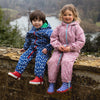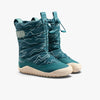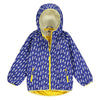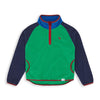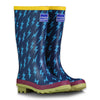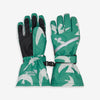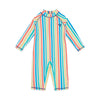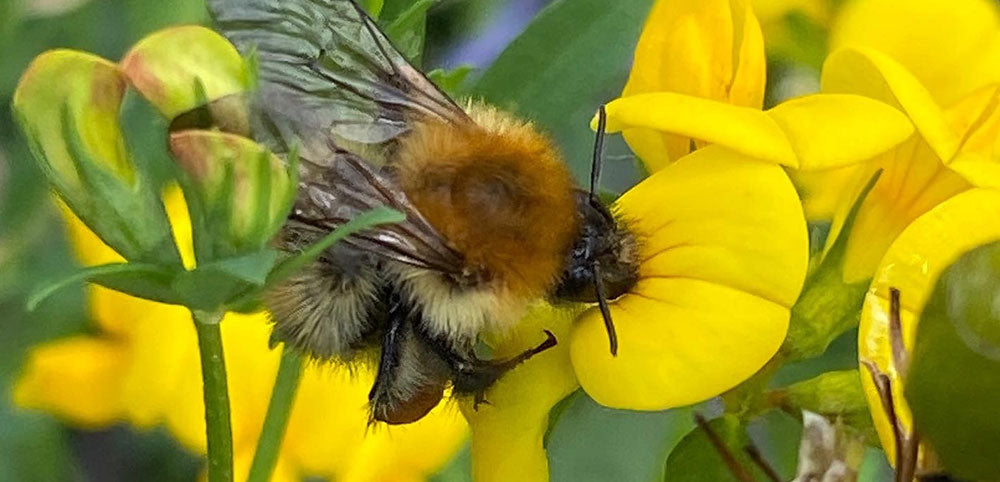
10 Best Wildflowers to Grow to Help Insects
Insect Week (19 - 25 June) is run by the Royal Entomological Society to encourage people of all ages to learn more about insects and their conservation.

Growing native wildflowers is a fantastic way to attract pollinators like bees and butterflies as well as other garden wildlife populations. We asked our friends at Seedball to put together a list of 10 wildflowers that are great for insects.
Birdsfoot Trefoil
This pretty yellow perennial supports over 130 different insect species. Caterpillars of the Clouded Yellow, Common Blue, rare Wood White butterfly and Burnet moth. A favourite source of nectar of the Common Carder bumblebee.

Common Carder on Birdsfoot Trefoil
White Campion
The white flowers of this stately wildflower attract night-flying insects at dusk, such as the Elephant Hawkmoth.
Cornflower
Honeybees and hoverflies love to visit these brilliant blue blooms.
Poppy
The open faces and large pollen laden stamens of poppy attract all sorts of bees, looking for pollen to take back to their babies.
Vipers Bugloss
This is a favorite of bees, from the buff-tailed bumblebee to the common carder.
Oxeye daisy
The yellow centre is made up of hundreds of tiny flowers, which many insects, love. Hoverflies, bees, and flower beetles will stop off for a pollen top up or a sip of nectar.
 Oxeye daisy with longhorn beetle
Oxeye daisy with longhorn beetle
Wild Carrot
The flat lacy umbels of this biennial are often visited by flower beetles and hoverflies as well as bees looking for pollen.
Red Campion
Butterflies and bees love this flower, and the Campion moth caterpillar spend the winter living in the seed capsules.
 Campion moth caterpillar inside seed cups of Red campion
Campion moth caterpillar inside seed cups of Red campion
Toadflax
The flowers look like mini-snapdragons and the weight of a bumblebee sitting on the lip opens the flower to reveal the nectar. Caterpillars on the Toadflax Brocade moth use the leaves as food.
 The female Toadflax brocade moth lays her eggs on Toadflax plants as the larval food plant for her caterpillars
The female Toadflax brocade moth lays her eggs on Toadflax plants as the larval food plant for her caterpillars
Cowslip
The rare Duke of Burgundy butterfly uses Cowslip as a caterpillar food plant. The pretty scented cup shaped flowers attract early solitary bees.

